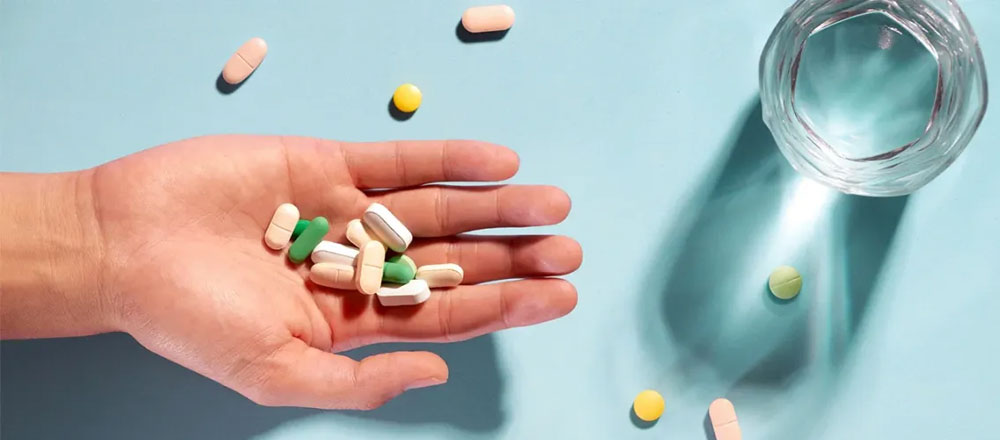Depression is a mood disorder characterized by persistent feelings of sadness, a lack of interest in previously enjoyed activities, and difficulties with cognitive function, appetite, and sleep. While it is natural to experience sadness or grief during challenging life events, such as job loss or relationship breakdown, depression is distinct in that it endures on a daily basis for a minimum of two weeks and presents additional symptoms beyond mere sadness.
There are various forms of depressive disorders, with clinical depression or major depressive disorder (MDD) being the most intense form. Often simply referred to as “depression,” MDD is the most extreme manifestation of this mood disorder.
If left untreated, depression may worsen and persist for extended periods. In the most serious cases, it can result in self-harm or even death by suicide. However, there is hope, as effective treatment options are available to alleviate symptoms and enhance the quality of life for those affected by depression. As a healthcare writer, it is crucial to emphasize the importance of seeking professional help and support for individuals experiencing this debilitating condition.
Types of Depression
Clinical depression (major depressive disorder): Major depressive disorder is characterized by persistent feelings of sadness, worthlessness, or hopelessness lasting for a minimum of two weeks, accompanied by additional symptoms such as difficulty sleeping, loss of interest in activities, or appetite changes. This is the most severe and prevalent form of depression.
Persistent depressive disorder (PDD)
Previously known as dysthymia, PDD is a milder or moderate form of depression that persists for at least two years. Although its symptoms are not as intense as those of major depressive disorder, they can still be debilitating.
Disruptive mood dysregulation disorder (DMDD)
Affecting children, DMDD is characterized by chronic irritability, intense anger, and frequent outbursts. Symptoms typically manifest before the age of 10.
Premenstrual dysphoric disorder (PMDD)
PMDD involves premenstrual syndrome (PMS) symptoms combined with mood disturbances, such as extreme irritability, anxiety, or depression. These symptoms usually subside within a few days of menstruation but can be severe enough to disrupt daily life.
Depressive disorder due to another medical condition
Certain medical conditions, such as hypothyroidism, heart disease, Parkinson’s disease, and cancer, can lead to depression. Treating the underlying condition often results in improvement in depressive symptoms.
Specific forms of major depressive disorder include
Seasonal affective disorder (seasonal depression): A subtype of major depressive disorder, seasonal affective disorder usually occurs during autumn and winter months and subsides in spring and summer.
Prenatal depression and postpartum depression
Prenatal depression occurs during pregnancy, while postpartum depression develops within four weeks of childbirth. The DSM categorizes these as “major depressive disorder (MDD) with peripartum onset.”
Atypical depression
Also referred to as major depressive disorder with atypical features, this condition has symptoms that differ slightly from “typical” depression. The primary distinction is a temporary improvement in mood following positive events (mood reactivity), accompanied by increased appetite and sensitivity to rejection.
Individuals with bipolar disorder also experience depressive episodes, along with manic or hypomanic episodes.
Buy Anti-anxiety tablets
Depression can be effectively treated with anxiety pills. Painmeds365 is the authentic seller of anxiety pills and offers doorstep delivery Our transaction platform prioritizes safety and security, ensuring a worry-free experience for all users. Expect prompt delivery of medications right to your doorstep within 2-4 business days. Additionally, we frequently offer exclusive discounts, promotions, and savings opportunities, enabling you to purchase medicines at highly competitive prices.

